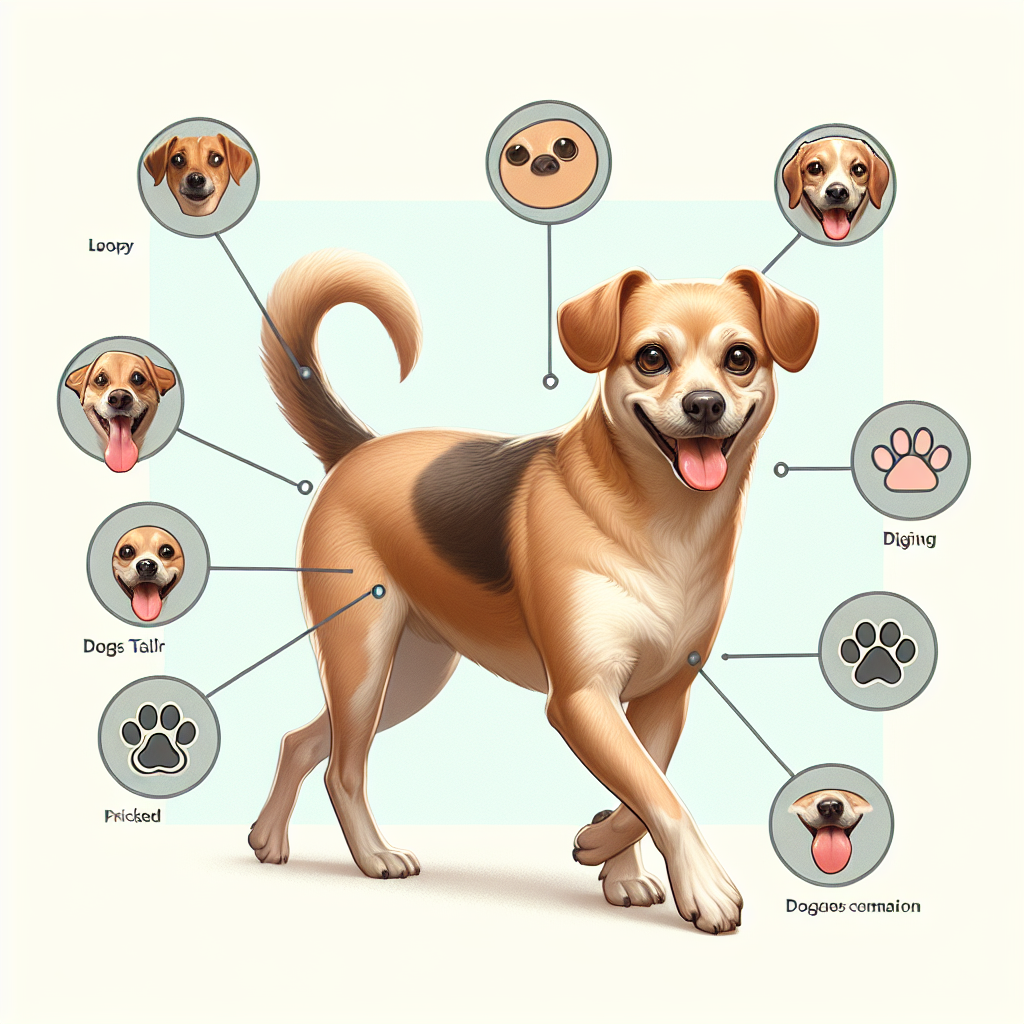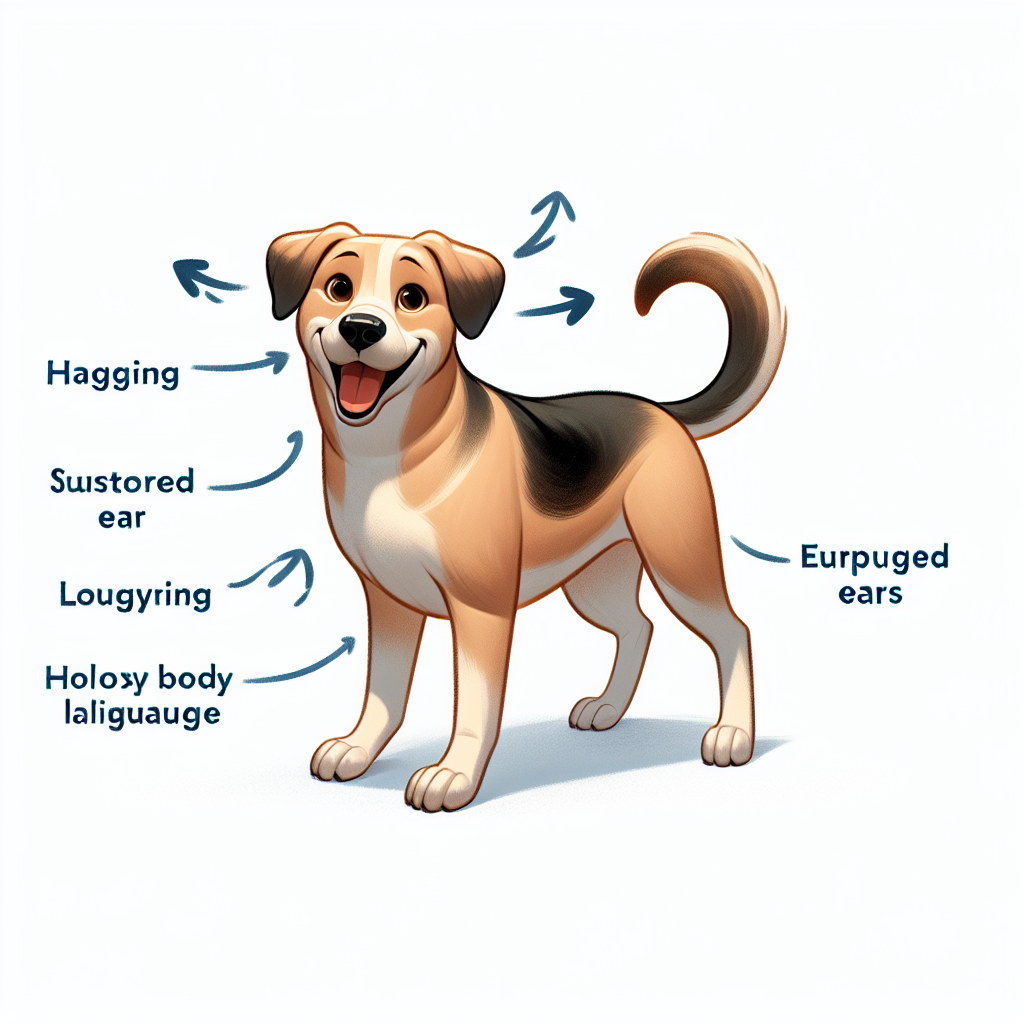Understanding Flea Infestations

Alright, folks, let’s dive into the nitty-gritty of flea infestations. If you’ve got pets, chances are you’ve battled these tiny terrors at one point or another. I remember the first time I noticed flea infestation signs in my own home. It was a nightmare! My dog, Buddy, couldn’t stop scratching, and I felt like I was in a horror movie every time I spotted one of those little jumpers.
Fleas are not just a nuisance; they’re a serious problem. They can cause your pets a lot of discomfort. And not just your pets—these little critters love to hitch a ride on humans, too. If you’re suddenly itching like crazy, you might have a flea problem on your hands. Keep an eye out for red, itchy bites, especially around your ankles. Fleas love to hide in carpets, bedding, and upholstered furniture. So, if you notice your pet scratching more than usual, see tiny black specks (flea dirt) on their skin, or spot fleas in your home, it’s time to take action.
Choosing the Right Flea Fogger
Now, let’s talk about choosing the right flea fogger. If you’re anything like me, the idea of fogging your home isn’t the most appealing. But, when fleas invade, drastic times call for drastic measures. I remember spending hours researching the best flea fogger for home, trying to figure out which one wouldn’t turn my place into a toxic wasteland.
When choosing a flea fogger, you want something effective yet safe. Look for foggers that specifically mention killing flea eggs, larvae, and adults. You don’t want to just get rid of the grown-up fleas and leave the next generation ready to hatch. It’s a bit like playing whack-a-mole if you don’t hit them all.
And let me share a little secret: check for a fogger that leaves no lingering odor. Trust me, you don’t want your home smelling like a chemical factory. My first fogger experience left my house smelling like a science experiment gone wrong for days. Lesson learned!
Preparing Your Home for Flea Treatment
So, you’ve picked out your fogger. Great! Now comes the not-so-fun part—preparing your home. I won’t sugarcoat it; this step is a bit of a chore, but it’s crucial for success.
First things first, get your pets out of the house. You don’t want them around when the fogger is doing its thing. I usually drop Buddy off at my friend’s place for a day of play. Next, cover or remove any food, dishes, and utensils. You don’t want any residue settling on your stuff. Trust me, I once forgot to cover a bowl of fruit, and let’s just say it wasn’t a pretty sight.
You’ll also want to vacuum your home thoroughly. This is a great way to pick up any eggs that might be lurking. And don’t forget to wash your pet’s bedding. If you’re like me and have a mountain of pet blankets, it might take a couple of loads. But it’s worth it to start with a clean slate. Home preparation for flea treatment is key to getting the most out of your efforts.
Safety Precautions for You and Your Pets
Alright, safety first, folks! Using a flea fogger isn’t without its risks, but with a few flea fogger safety tips, you can keep everyone safe. Make sure to read the instructions on your fogger carefully. I know, I know, reading instructions isn’t the most exciting thing in the world, but it’s important.
Once you set off the fogger, get out of the house. You don’t want to breathe that stuff in. I usually take this time to run errands or grab a coffee. It’s a great excuse for some fresh air. And remember, patience is a virtue. Don’t rush back in before the recommended time. I made that mistake once, and trust me, it’s not worth it.
Pet safety during flea treatment is just as important. Keep them away until it’s safe to return. I usually give Buddy a nice long walk or playdate with a friend. That way, he’s tired out by the time we get home.
Alternative Flea Control Methods
Now, if you’re not sold on foggers, there are alternative flea control methods worth considering. I’ve tried a few over the years, and they’ve been lifesavers when I wanted to avoid chemicals.
First up, natural flea control solutions. I’ve had some success with diatomaceous earth. It’s a fine powder that you sprinkle around your home. Fleas hate it, and it’s non-toxic to pets and humans. Just be prepared for a bit of dusting afterward.
Another method I swear by is using a flea comb on my pets. It’s a bit of a labor of love, but it’s satisfying to see those pesky fleas caught in the comb. Plus, my dog thinks of it as extra bonding time, so it’s a win-win.
Lastly, don’t underestimate the power of regular cleaning. Vacuuming regularly and washing pet bedding can keep the flea population in check. It might not be as immediate as a fogger, but it’s a solid long-term strategy.
So there you have it, some tried-and-true advice from someone who’s been there. Fleas are a pain, but with the right tools and a bit of elbow grease, you can get your home back to normal. Thanks for sticking with me through this flea-fighting journey. You’ve got this!
How to Prepare Your Home Before Using a Flea Fogger
Hey there, it’s Jackie again. Before you unleash the power of the best flea foggers for your house, let’s talk about getting your space ready. It’s kinda like prepping for a big showdown. You don’t wanna rush this part, trust me. I’ve seen folks dive in headfirst without a plan, and it ends up being a hot mess. So, grab a comfy chair, maybe a cup of joe, and let’s get into it.
First things first, you gotta clear the battlefield. That means moving furniture away from the walls. Fleas love to hide in the nooks and crannies, and you want the fogger to reach every corner. It’s like making sure your dance floor is clear before the party starts. Next, cover up anything that shouldn’t get misty. We’re talking fish tanks, food, and any delicate plants. Use plastic sheets or old blankets. Think of it as putting a raincoat on your valuables.
Don’t forget about your electronics! Unplugging them is a good idea, just to be safe. And for heaven’s sake, make sure all pets and people are out of the house. You don’t want anyone breathing in that fog. Preparing your home for a flea fogger is crucial, and missing a step can set you back. Once you’ve got everything in place, you’re ready to roll.
Step-by-Step Guide to Using a Flea Fogger
Alright, folks, it’s game time. Using flea fogger step-by-step is like following a recipe. You don’t wanna skip a step and end up with a flea-infested cake. So, let’s dive in.
Step one, shake that can. You want the contents mixed well so it works like a charm. Then, put the fogger in the center of the room on a raised surface like a chair or table. Make sure there’s something under it to catch any drips—old newspapers work great.
Next, press the release button and get outta there! Seriously, once it’s going, you wanna be out of the house. Close the door behind you and leave it for the recommended time on the can. Usually, it’s a couple of hours. I remember the first time I did this, I hung out at a coffee shop and caught up on my favorite podcasts. Not a bad way to spend a couple of hours while your house is getting flea-free.
Once the time’s up, head back in but hold your breath. Open all the windows and doors to air the place out. Ventilation is key here. After about 30 minutes, it should be safe to breathe normally. And there you have it, step-by-step guidance on using the best flea foggers for your house.
Common Mistakes to Avoid When Fogging for Fleas
Now, let’s talk about what not to do. I’ve learned the hard way that mistakes with flea foggers can make things worse instead of better. The biggest no-no is leaving windows open during fogging. I did that once, and half the fog floated right out the window. Rookie mistake.
Another common blunder is not using enough foggers. If you’ve got a big space, one might not cut it. It’s better to use too many than too few. Also, don’t skip the prep work. If you don’t move the furniture, you’ll end up with flea-free zones and flea-infested ones. Not the outcome you’re looking for.
And here’s a kicker—forgetting to turn off air conditioners or fans. They’ll just circulate the fog without it settling where it needs to. It’s like trying to fill a bathtub with the drain open. Keep these in mind, and you’ll be ahead of the game.
What to Expect After Fogging: Monitoring and Follow-Up
Alright, so you’ve fogged your house. Now what? Monitoring after flea fogging is crucial. You might think you’re in the clear, but those pesky critters can be sneaky. After fogging, it’s all about watching and waiting.
You might see a few stragglers over the next couple of days. It’s normal. But if you see a lot, it might mean a second round is needed. It’s all part of the flea treatment follow-up. Vacuuming frequently helps, too. It picks up any eggs or larvae the fogger might have missed. Plus, it keeps your place looking nice, and who doesn’t love that?
I remember feeling pretty anxious after my first fogging session, checking every corner like a detective. But you gotta be patient. Keep an eye out, and stay on top of it. Post-fogging flea control tips are all about vigilance and persistence. Stick with it, and you’ll see results.
Alternatives to Flea Foggers: When Foggers Aren’t Enough
Sometimes, despite your best efforts, foggers just don’t do the trick. I’ve been there, and it can be frustrating. But don’t worry, there are alternatives to flea foggers that might work better for your situation.
For starters, you might try flea traps. These are nifty little gadgets that lure fleas in and trap them. They’re especially good if you’re dealing with a smaller infestation. Another option is diatomaceous earth. It’s a powder that dehydrates and kills fleas. Sprinkle it around, leave it for a day, and vacuum it up. Simple and effective.
And if all else fails, calling in the pros might be worth it. Sometimes, you need the big guns, and a professional exterminator can do the trick. It might cost a bit more, but peace of mind is priceless.
Thanks for sticking with me through this flea-fighting journey. You’re doing great, and remember, you’re not alone in this. Good luck out there!
How to Prepare Your Home Before Using a Flea Fogger
Alright, folks, before you unleash the best flea foggers for your house, there’s some groundwork to handle. Prepping your home is key. You might be thinking, “Why so much fuss?” But trust me, preparing your home for a flea fogger makes all the difference.
First, let’s chat about pets. If you’ve got a furry buddy, make sure they’re out of the house. Whether it’s a dog, cat, or those adorable guinea pigs, they shouldn’t inhale the fogger’s chemicals. Call up a friend or family member, and let your pets hang out there for a few hours.
Next, gather up any food. You don’t want to end up with a fogger-flavored dinner. Seal the food in airtight bags or store them in the fridge. If you’ve got kids, tuck away their toys and any items they might put in their mouths. Safety first, right?
Now, it’s time to cover the fish tank. If you’ve got one, turn off the air pump and cover the tank with plastic. This keeps the chemicals from seeping into the water and harming your fish.
Lastly, consider vacuuming before you fog. This picks up flea eggs and larvae, giving the fogger a fighting chance. Fleas love to hide in the carpet, so give it a good once-over. Remember, a little prep goes a long way in ensuring your home is ready for a flea fogger.
Step-by-Step Guide to Using a Flea Fogger
So, you’ve done the prep work and now you’re set to tackle those pesky fleas head-on. Here’s how to use a flea fogger step by step. It’s not rocket science, but it does require attention to detail.
Start by shaking the canister well. This mixes the chemicals inside and gets it ready for action. Then, place the fogger on a raised surface, like a small table or a stool, in the center of the room. You’ll want to cover this surface with newspaper or an old cloth because, well, things might get messy.
Next, activate the fogger by pressing down on the tab. Once it’s going, leave the room immediately. Don’t stick around to watch the fogger do its thing. It releases chemicals that aren’t safe for you or your pets to breathe in.
After activating the fogger, close the door and leave the house. Go grab a coffee or take a walk in the park. You’ll need to stay out for at least two hours. This gives the fogger time to settle and work its magic.
When you return home, open all the windows and let the fresh air in. Ventilation is crucial here. Allow at least an hour for the air to clear before you start moving around inside. Take a deep breath, and enjoy your flea-free home.
Common Mistakes to Avoid When Using Flea Foggers
Even the best flea foggers for house use can fall short if you trip up on some common pitfalls. It’s like baking a cake without flour—doesn’t end well. Let’s talk about what to avoid.
Mistake numero uno: Using too many foggers. More isn’t always better. Overdoing it can lead to toxic residue on surfaces and in the air. Stick to the recommended number on the product label. Trust the experts who’ve tested this stuff.
Next up, failing to cover electronics. Flea foggers and electronics don’t mix well. Cover your gadgets with plastic or a cloth to keep them safe. You don’t want to find your TV or laptop coated in fogger residue.
Another common blunder is ignoring the instructions. I know, reading the manual isn’t thrilling, but it matters here. Each fogger can have slightly different guidelines. Avoid mistakes using flea foggers by following the steps laid out in the manual.
Finally, don’t skip the test area. Before you go all in, test the fogger in a small, hidden area. This ensures it won’t stain or damage your belongings. Better safe than sorry, right?
Post-Fogging: Cleaning Up and Ensuring All Fleas Are Gone
Once the fogger’s done its job, you’re halfway there. Cleaning after flea fogger use is just as important as the fogging itself. You want to make certain every last flea has hit the road.
Start by vacuuming the entire house. Pay special attention to carpets and upholstery. Flea eggs and larvae can survive the fogging process, but they won’t stand a chance against a vacuum. Dispose of the vacuum bag immediately. Don’t let those critters make a comeback.
Next, wipe down all surfaces. Use soapy water to clean countertops, tables, and other exposed areas. This removes any lingering fogger residue. Don’t forget to wash bedding and pet linens too. Hot water is your best friend here.
You might be wondering, “How do I know if all the fleas are gone?” Well, keep an eye out for flea droppings or bites. If you spot any, consider a second round of fogging or explore other flea control methods.
Remember, persistence pays off. Fleas are tough, but with thorough cleaning and vigilance, you can ensure they’re gone for good.
Alternatives to Flea Foggers: What Else Can You Try?
Maybe you’re thinking, “Foggers aren’t my thing.” No worries, there are plenty of alternatives to flea foggers. Let’s dive into what else you can try.
First up, natural flea control methods. Diatomaceous earth is a popular choice. This powder dehydrates and kills fleas on contact. Sprinkle it on carpets and let it sit for a day before vacuuming. It’s safe for pets and humans, which is always a win.
Essential oils can be another route. Oils like lavender and cedarwood repel fleas. Mix a few drops with water and spray it around your home. Just be cautious—some oils aren’t safe for pets, so do your homework.
If you’re looking for a gadget, consider an electronic flea trap. These devices lure fleas with light and trap them on sticky pads. No chemicals involved, and they work like a charm.
And let’s not forget about professional pest control services. It might cost a bit more, but it can save you time and hassle. Professionals have the know-how to tackle a flea infestation from all angles.
There you have it, folks. Whether you stick with the best flea foggers for house use or try something else, the key is to be persistent and thorough. Thanks for sticking with me, and good luck on your flea-fighting journey!
Quick Takeaways:
Alright, folks, here we go with the quick takeaways. First things first, the best flea foggers for house are all about tackling those sneaky little critters head-on. You’ve got to lay the groundwork before using one—think of it as preparing for battle. Move those couches, cover your aquariums, and get your pets out of the house. It sounds like a lot, but trust me, you’ll thank yourself later.
Once everything’s set, dive right into using that fogger. Follow the instructions like a recipe for grandma’s secret cookie—step-by-step, no shortcuts. We’re talking about placing the fogger right in the middle of the room, pressing that button, and getting out of dodge. Safety first, folks! Leave the windows shut while the fogger does its thing, and only return once the air is clear.
Afterward, it’s all about monitoring and cleaning. You might see a few stragglers, but don’t panic. That’s normal. Just keep an eye out and vacuum like there’s no tomorrow. And hey, if foggers don’t quite do it for you, consider natural flea control solutions or other effective flea control methods. Sometimes, the best flea fogger for home isn’t the only answer. Remember, this is a process, and it takes a bit of time and patience. Hang in there!
FAQs:
1. What are the signs of a flea infestation?
Oh, spotting a flea infestation can be tricky. You might notice your pets scratching more than usual or find those pesky little black specks, which are flea dirt. Keep an eye out for bites on your skin, too. If you’ve got these signs, it might be time to consider the best flea foggers for house treatment.
2. How do I prepare my home for a flea fogger?
Preparing home for flea fogger use is crucial. Start by clearing out the clutter. Move small furniture to expose more floor space. Cover any fish tanks and unplug any electronics. Make sure to wash pet bedding, vacuum the floors, and take out the trash. It’s a bit of work, but it’s worth it for effective flea control methods.
3. Are flea foggers safe for pets?
Pet safety during flea treatment is paramount. When using a fogger, ensure all pets are out of the house. This includes our furry friends, birds, and even fish. Once you’ve finished fogging and airing out your home, give it a good cleaning before letting them back in. Always follow the flea fogger safety tips provided in the product instructions.
4. What are the common mistakes when using flea foggers?
Mistakes with flea foggers can make the treatment less effective. A big one is not using enough foggers for the space you’re treating. Another is not prepping properly, like leaving windows open or not moving furniture. Also, rushing back in before it’s safe is a no-go. Take your time and follow the using flea fogger step-by-step guide.
5. Are there alternatives to using flea foggers?
Yes, there are alternatives to flea foggers if they’re not your cup of tea. Natural flea control solutions like diatomaceous earth or essential oils can be effective. Also, consider flea traps or sprays. Sometimes, combining methods is the best way to ensure those fleas are gone after fogging.
Conclusion:
So there you have it, folks! The road to reclaiming your home from fleas might seem long, but with the right tools and a bit of elbow grease, you can do it. The best flea foggers for house use are a solid start, but remember, it’s all about preparation and follow-through. Keep an eye out for those flea infestation signs, and don’t hesitate to try different approaches if needed.
Whether you’re fogging, cleaning, or considering alternatives, remember that persistence is key. Each step you take is bringing you closer to a flea-free home. So, take a deep breath, trust the process, and know you’ve got this. Thanks for sticking with me through this journey. Good luck, and may your home be flea-free soon!
References:
1. Hot Shot Bed Bug & Flea Fogger, 3 Count (Pack of 1), Kills Fleas Indoors, Get Rid of Fleas In House, Inhibits Reinfestation Up to 7 Months.
(Source: https://www.amazon.com/Best-Flea-Foggers/s?k=Best+Flea+Foggers)
2. Jan 17, 2025 … Bayer Advantage Household Fogger. This bomb is another one I’ve used in my own home for flea control. This flea killer showcases esfenvalerate
(Source: https://todayshomeowner.com/pest-control/reviews/best-flea-bombs-guide/)
3. Mar 1, 2022 … Share · BEST OVERALL: Adams Flea and Tick Home Spray · BEST BUDGET: Adams Plus Flea and Tick Spray for Cats and Dogs · BEST NATURAL: Pet Naturals
(Source: https://www.bobvila.com/articles/best-flea-spray/)
Our solution eradicates fleas on contact without harmful chemicals, ensuring a safe environment for your pets and family. Easy to use and highly effective, SayByeBugs helps you maintain a flea-free home. Learn more and order today at SayByeBugs.com








